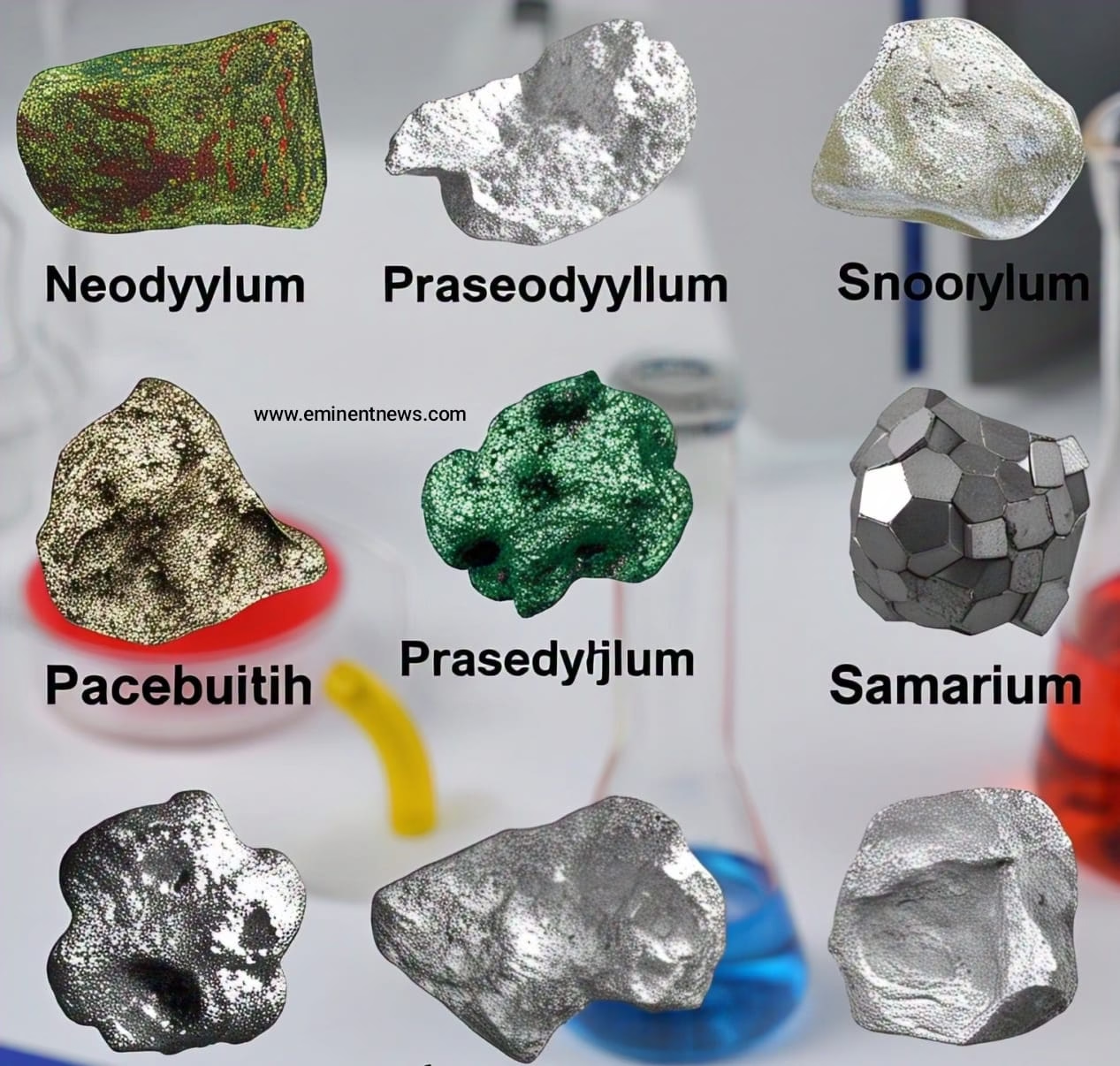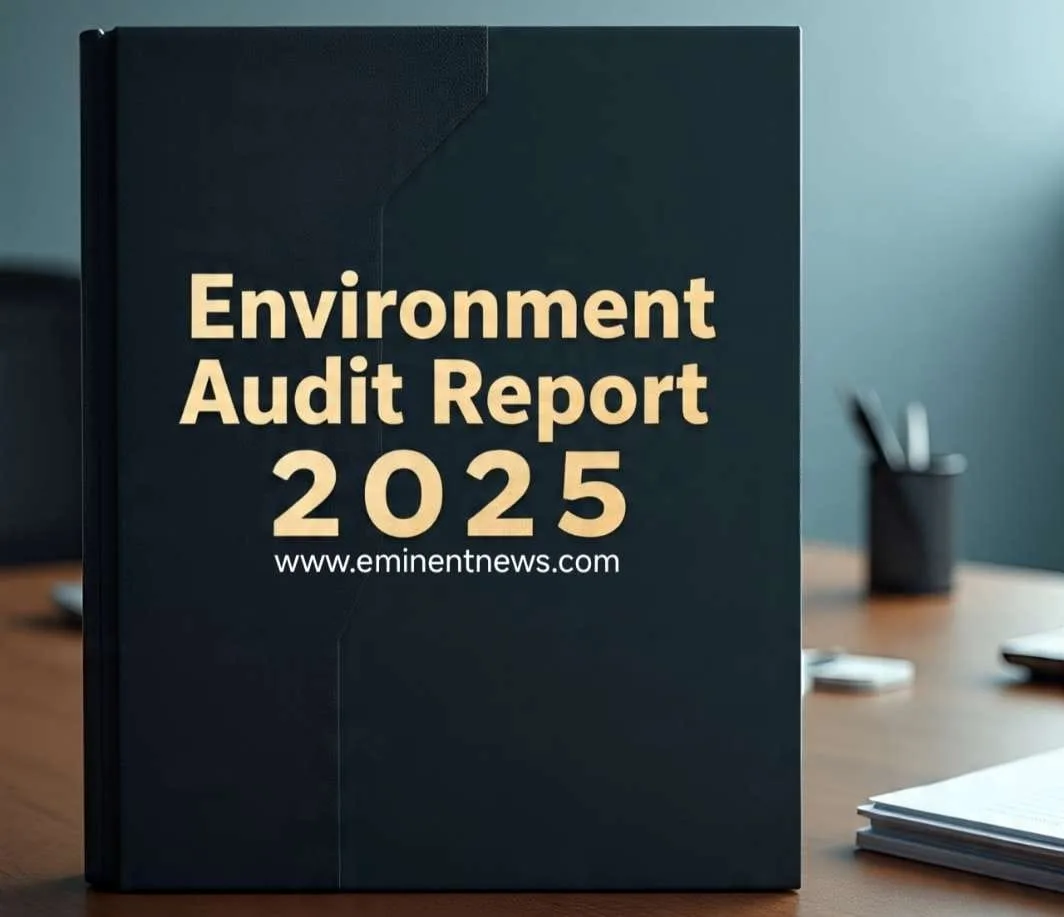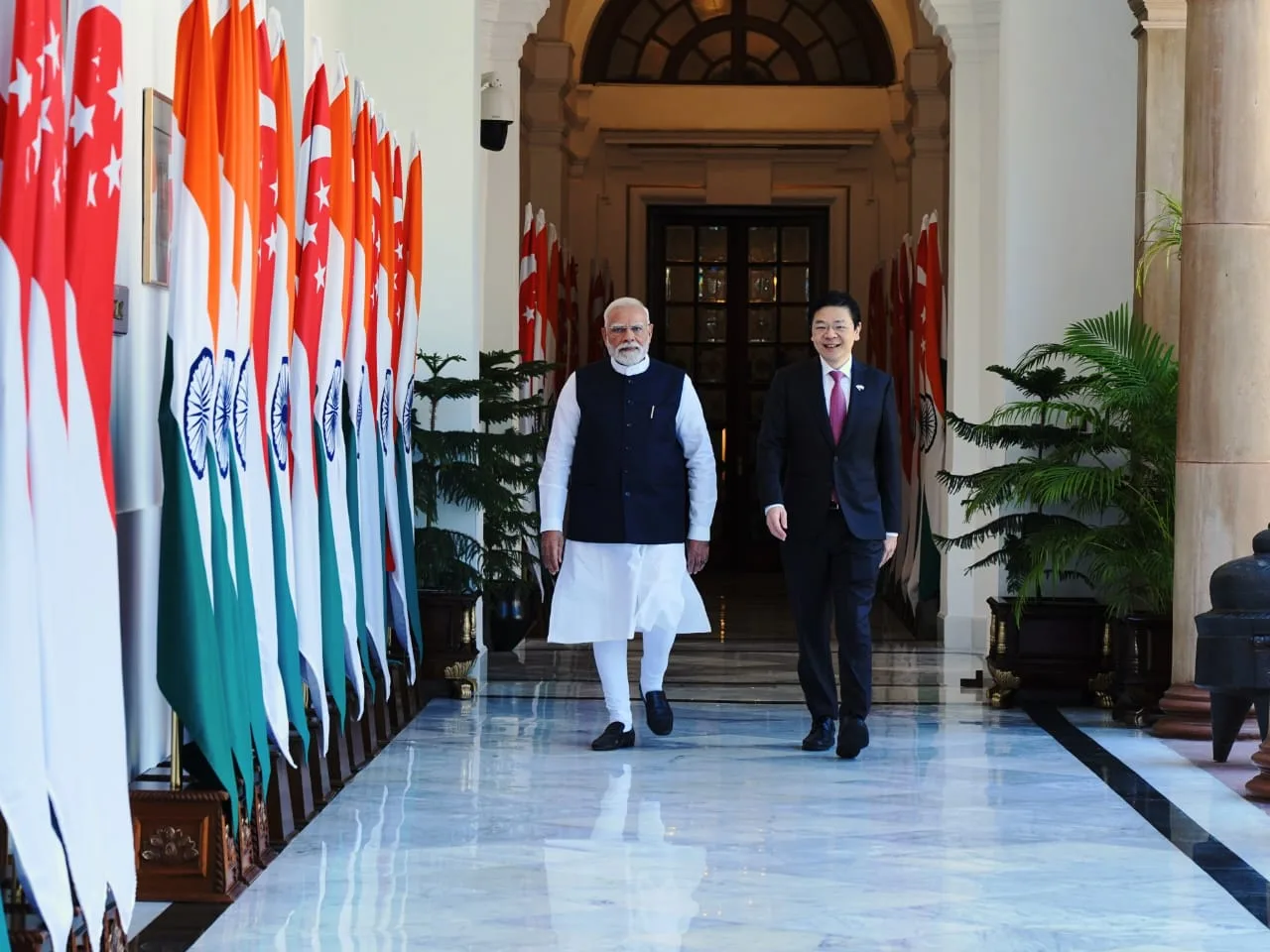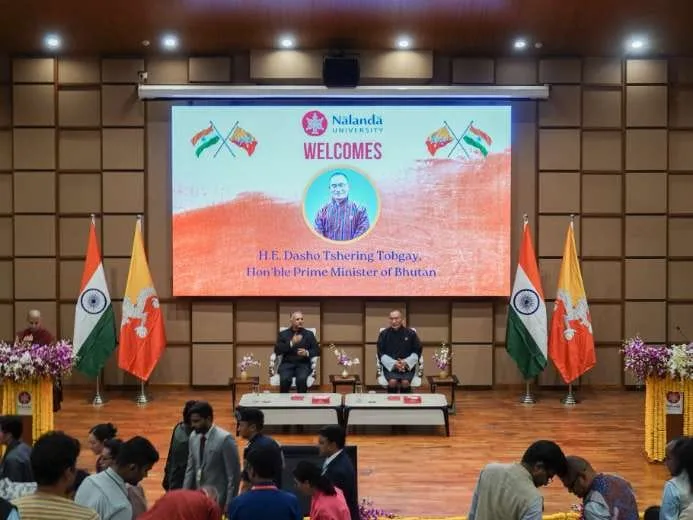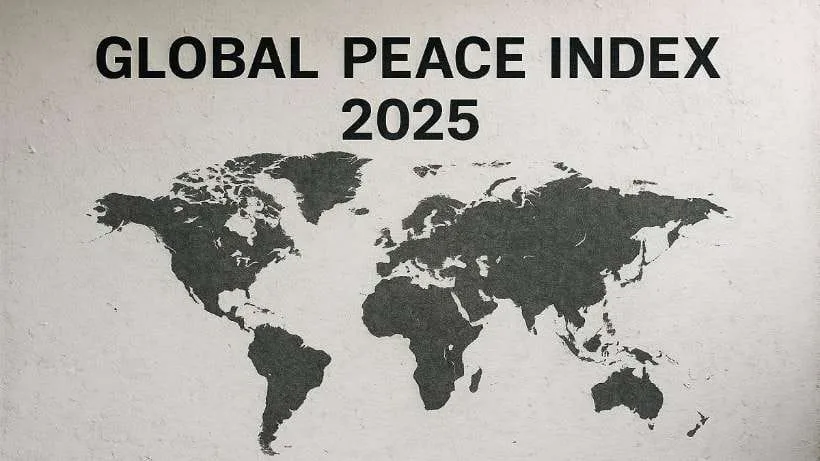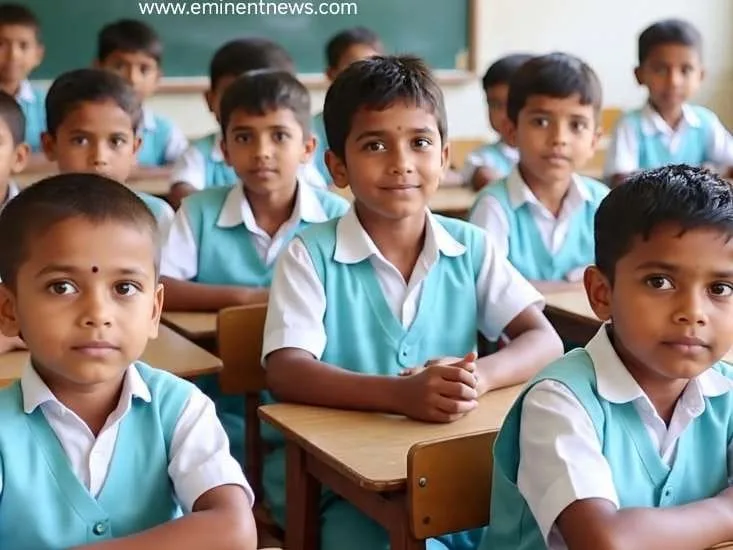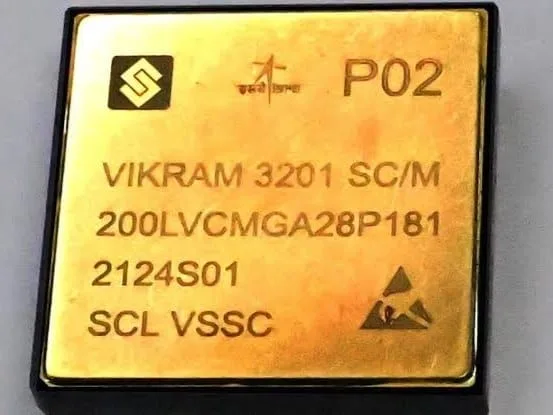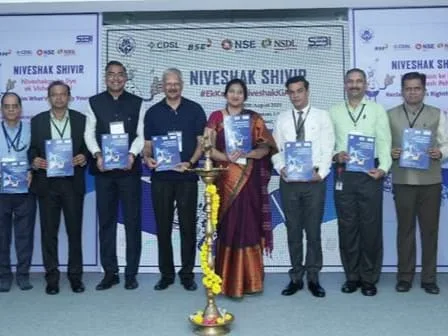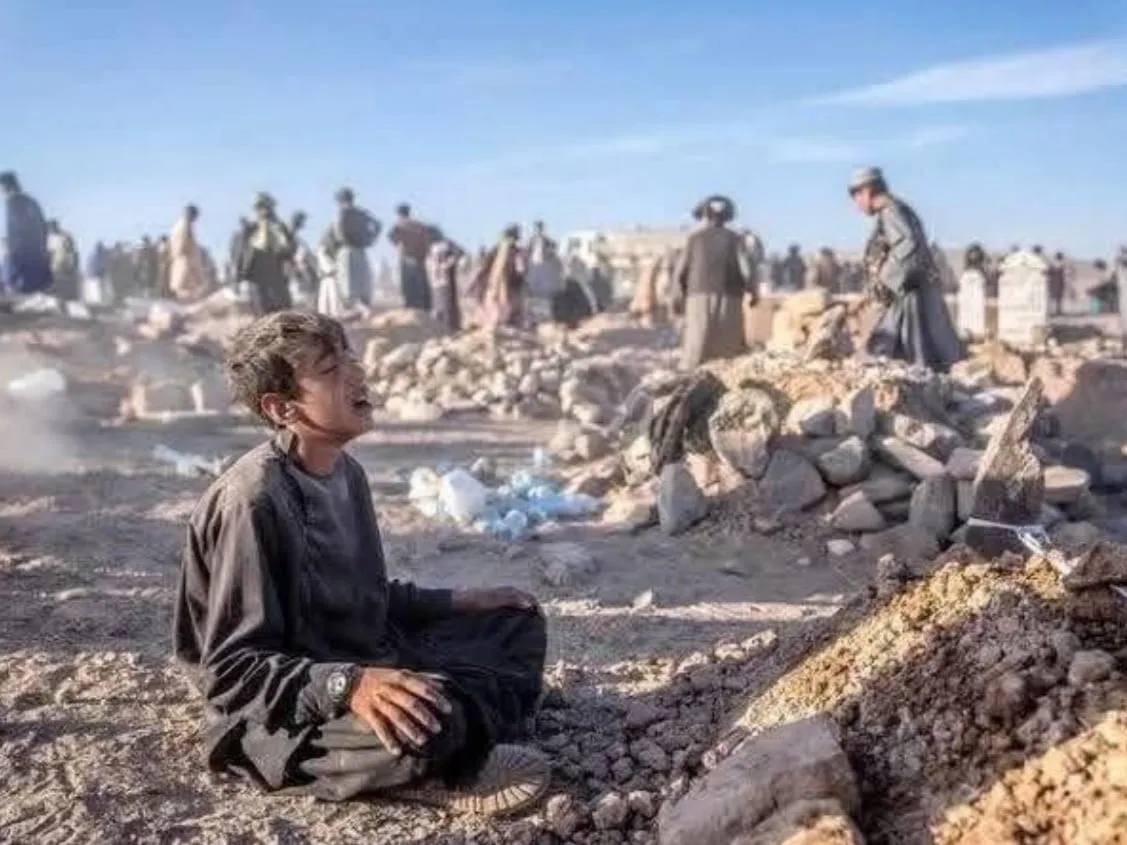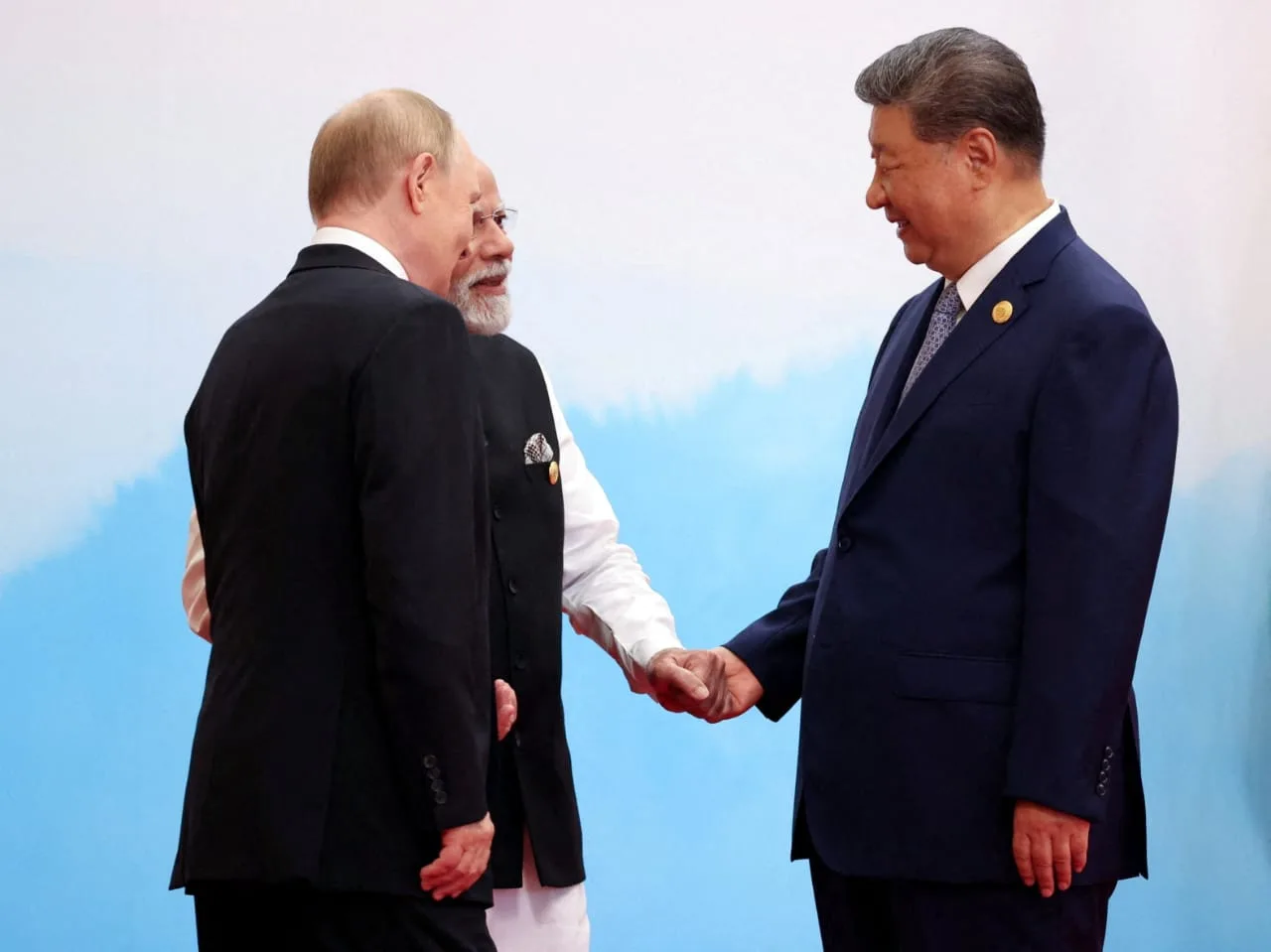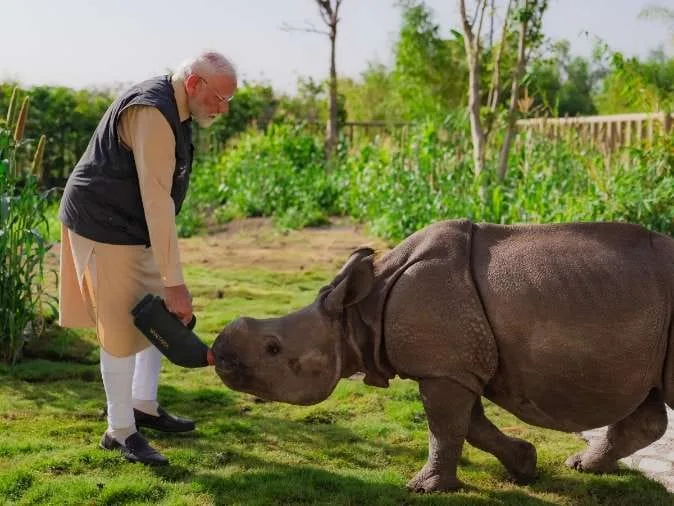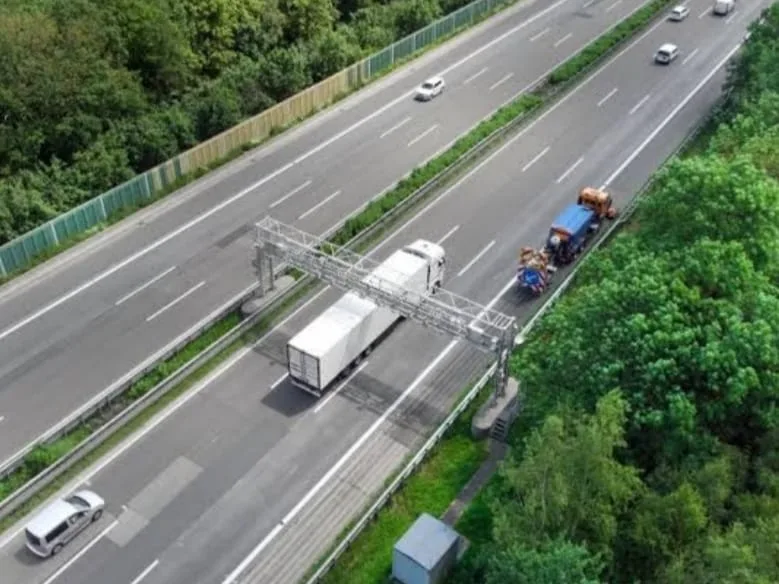Rare earth elements (REEs) are a group of 17 chemically similar metallic elements crucial for various modern technologies, including electronics, renewable energy, and defense .
Uses of Rare Earth Elements:
- Electronics: Used in smartphones, computers, and other electronic devices .
- Renewable Energy: Essential for permanent magnets in wind turbines and electric vehicle motors .
- Defense: Critical components in missile guidance systems, lasers, radar, and military communication systems .
- Other Applications: Used in fiber optics, batteries, polishing glass, and transporting hydrogen . Current Crisis Issues:
Supply chain vulnerabilities :
- China’s Dominance: China has historically controlled a significant portion of the global rare earth supply and processing .
- Export Restrictions: China has been known to restrict rare earth exports, raising concerns about supply disruptions .
- Geopolitical Tensions: Trade conflicts and geopolitical tensions can disrupt the rare earth supply chain .
Environmental concerns :
- Mining Impacts: Rare earth mining can have significant environmental consequences, including habitat destruction and water pollution .
- Processing Challenges: Processing rare earths can generate radioactive waste and other pollutants .
- Price Volatility: The prices of rare earth elements can fluctuate significantly, affecting the cost of products that rely on them .
- Geopolitical Implications:
- Security Concerns: Dependence on a single supplier raises security concerns, especially for defense applications .
- Trade Disputes: Rare earths have been used as leverage in trade disputes .
- Economic Competition: Countries are competing to secure access to rare earth resources and processing capabilities .
Responses to the Crisis:
- Diversifying Supply Sources: Efforts to develop rare earth mines outside of China, including in the United States, Australia, and other countries .
- Developing Alternative Materials: Research into alternative materials that can replace rare earths in certain applications .
- Recycling: Promoting the recycling of rare earths from electronic waste and other sources .
- Stockpiling: Governments are considering stockpiling rare earth elements to ensure a stable supply .
- Technological Advances: Developing new technologies for more efficient extraction and processing of rare earths .
Recent Developments:
- China’s Export Restrictions: In April 2025, China imposed restrictions on the export of certain rare earth metals .
- US Efforts: The U.S. Department of Defense is working to establish a “mine-to-magnet” supply chain for rare earth materials . In summary, rare earth elements are essential for modern technologies, but their supply chain is vulnerable due to geographical concentration, environmental concerns, and geopolitical tensions. Efforts are underway to diversify supply, develop alternatives, and promote recycling to mitigate these risks .
India’s Posotion :
India possesses the world’s fifth-largest rare earth reserves, estimated at 6.9 million tonnes . However, its production remains limited, accounting for only about 1% of global rare earth production .
Here’s a detailed overview of India’s position:
- Reserves and Potential:
- India has significant reserves of rare earth elements, mainly in beach sand deposits containing monazite .
- These deposits contain thorium, which is a potential fuel for nuclear reactors .
- Production and Processing:
- Currently, the rare earth sector is dominated by Indian Rare Earths Limited (IREL), a government-run corporation .
- IREL is planning to increase its mining capacity to 50 million tonnes annually by 2032 and increase REE output from 5,000 to 15,000 tonnes .
- India lags in processing and manufacturing advanced REE products .
- Import Dependence: India relies heavily on imports, especially from China, for its rare earth needs .
- Policy and Regulatory Environment:
- The government has initiated policy changes to attract private players into critical mineral exploration .
- The Mines and Minerals (Development and Regulation) Amendment Act allows private companies to bid for the exploration of critical minerals, including REEs .
- Opportunities for India:
- The U.S. and its allies are actively seeking to reduce their reliance on China for REEs, presenting an opportunity for India to become an alternative supplier .
- A robust rare earth industry could enhance India’s economic security and bargaining power in international diplomacy .
- Developing a domestic rare earth value chain can create high-skilled jobs and foster innovation in materials science, metallurgy, and green technologies .
- Challenges:
- REE extraction is environmentally damaging and involves toxic waste .
- India lacks the regulatory and technological frameworks to mitigate these hazards .
- Bureaucratic red tape, conflicting regulations, and slow implementation continue to plague India’s mining sector .
- Government Initiatives:
- The National Critical Minerals Mission, launched in 2024, aims to bolster domestic production .
- The government has opened mineral and rare earth elements exploration to the private sector, with thirteen acreages up for auction .
- International Cooperation:
- India is forging partnerships in the rare earth supply chain with like-minded democracies .
- Under the India-Australia Critical Minerals Investment Partnership, India has committed to co-investing in Australian REE projects . In summary, India holds significant rare earth reserves but faces challenges in production, processing, and environmental management. Policy reforms, international collaborations, and strategic initiatives are underway to enhance India’s position in the global rare earth market …

